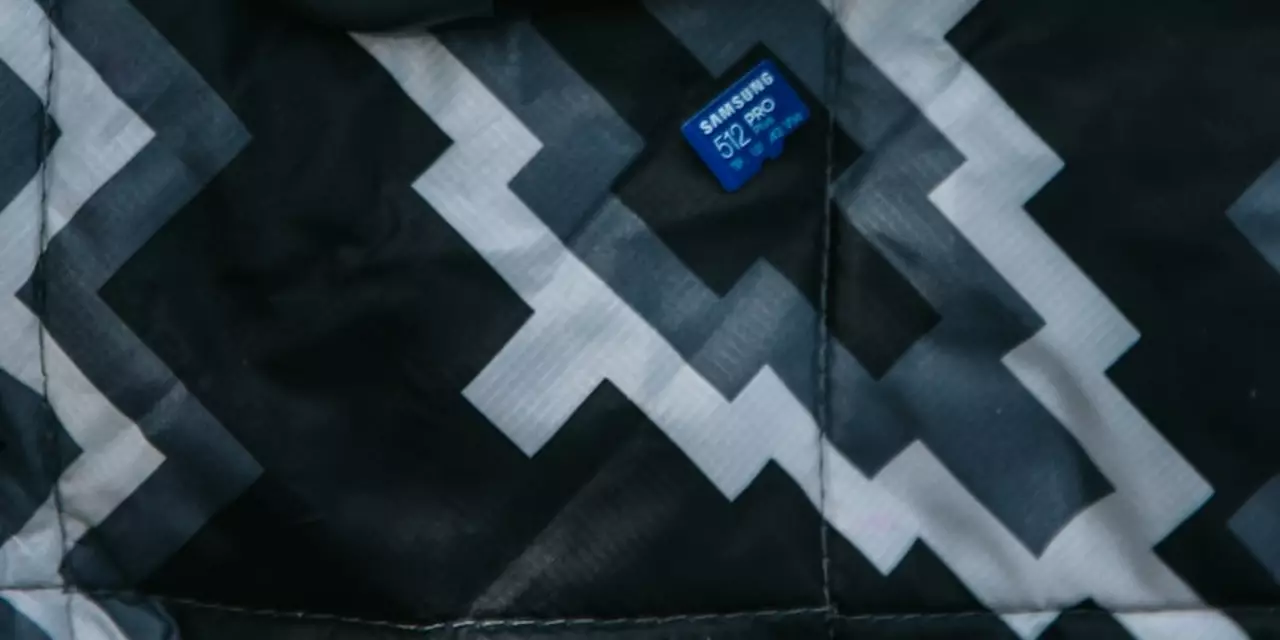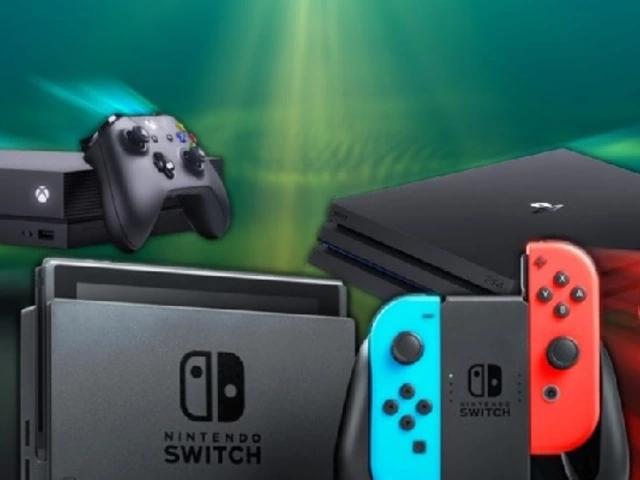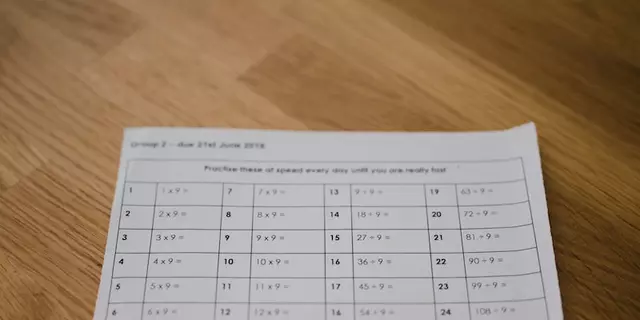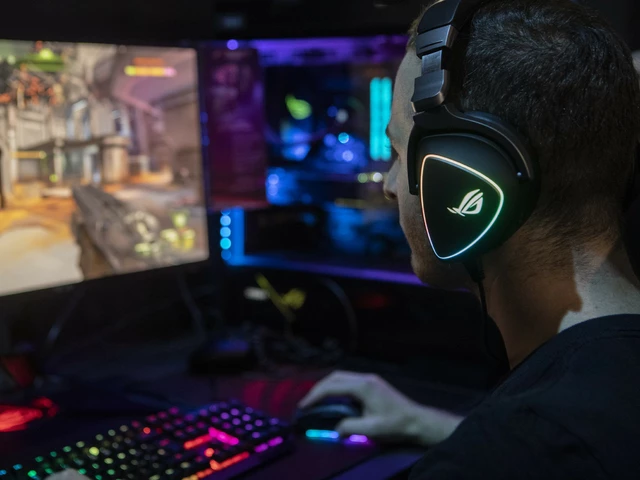Game Development: Easy Steps to Build Your Own Game
Thinking about making a game but not sure where to start? You’re not alone. Many people want to turn a fun idea into a playable experience, and the process can be broken down into a few clear steps. In this guide we’ll walk through the basics – from brainstorming to publishing – using language that’s easy to follow.
Planning Your Game Idea
First thing: write down what you want the game to be. Ask yourself simple questions: What genre feels right? What’s the core loop – the repeated action that keeps players hooked? Sketch a quick outline of the story, the main characters, and the biggest challenge you want players to face. You don’t need a novel; a one‑page document is enough to keep the project focused.
Next, think about scope. New developers often bite off more than they can chew, so keep the first version small. Aim for a prototype that can be finished in a few weeks. If you’re excited about a big open‑world concept, consider trimming it down to a single level that shows the core mechanics.
Choosing the Right Tools
There are many game engines, but two stand out for beginners: Unity and Unreal Engine. Unity uses C# and is great for 2D games, mobile titles, and simple 3D projects. Unreal offers a visual scripting system called Blueprint, which lets you create gameplay without writing code, though you can dive into C++ for deeper control.
Pick the engine that matches your comfort level. If you already know a bit of C#, Unity will feel natural. If you prefer a visual approach, start with Unreal’s Blueprint. Both have free versions, massive tutorial libraries, and active communities that answer questions quickly.
Beyond the engine, you’ll need a graphics editor (like GIMP or Photoshop) for sprites and textures, and an audio tool (such as Audacity) for sound effects. Many free asset packs are available online – use them to save time while you learn the basics.
Once you have your engine installed, create a new project and set up a simple scene: a player character, a floor, and a basic obstacle. This tiny world becomes your sandbox for testing ideas.
Now comes the fun part – scripting. Start with movement: make the player walk, jump, or rotate. Write short scripts that do one thing at a time. Test frequently; if something breaks, you’ll know exactly where the problem is.
After movement, add a goal. It could be collecting items, reaching a finish line, or defeating an enemy. Each new mechanic should feel like a small puzzle you solve before moving on.
Testing isn’t just pressing Play. Play the game yourself, then hand it to a friend. Watch how they interact with the controls and where they get stuck. Simple feedback often reveals big design flaws early.
When the core loop feels solid, polish the experience: add sound effects, tweak the UI, and improve the art. Small details—like a satisfying jump sound—make a huge difference in how professional the game feels.
Finally, think about distribution. For mobile, upload to the App Store or Google Play (both have a review process). For PC, platforms like itch.io let you share a build for free or for a price. Each store has its own guidelines, so read them before you submit.
Game development is a learning marathon, not a sprint. Start small, stick to a schedule, and celebrate each milestone. Before you know it, that simple prototype will grow into a full‑featured game you can be proud of.

How to develop games for Nintendo Switch?
The Nintendo Switch is a popular game console that is used to play games. In order to develop games for the Switch, developers need to have a Nintendo Switch Development Kit, which includes the necessary tools and software. Additionally, developers will need to obtain a Switch Developer Account, register their game, and have an understanding of the development process. The development process involves designing the game, coding it, testing it, and making sure the game meets Nintendo's requirements. Once the game is finished, it must be submitted to Nintendo for approval and publication. With the right resources and knowledge, developing games for the Nintendo Switch can be a rewarding experience.




